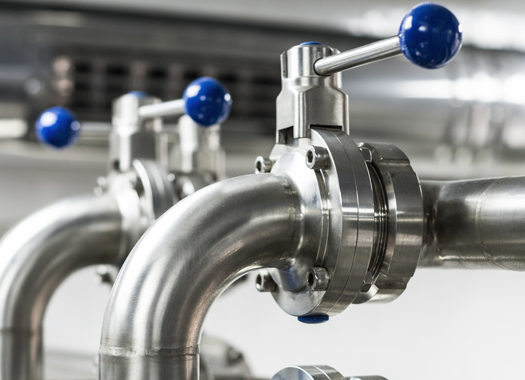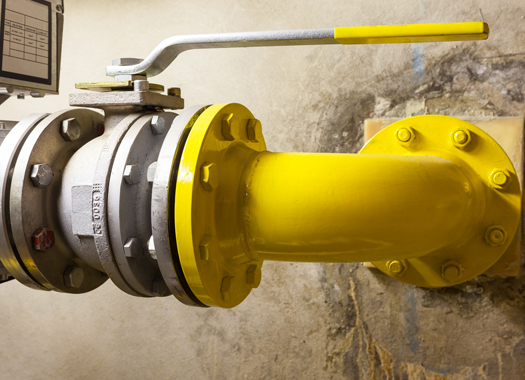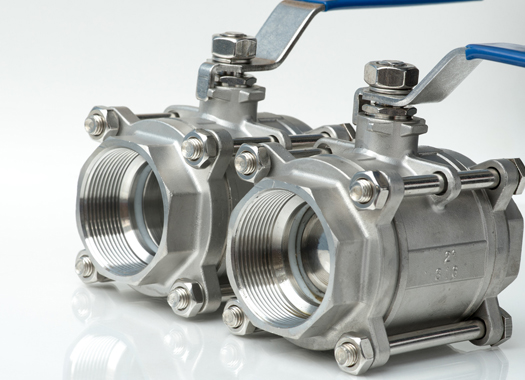Elastomer Selection Guide
For Butterfly or Pinch Valves
Ethylene Propylene Rubber (EPDM) (-20° F to 250° F)
Most effective for applications involving water, steam or diluted acids.
Viton (FKM) (0° F to 350° F)
Resists solvents, halogenated hydrocarbons, oxygen, weather, ozone, oils, and chemicals.
Buna N (NBR) (-20° F to 212° F)
Resistant to kerosene, moderate chemicals, fats, oils, grease, and many hydrocarbons.
Natural Rubber (NR) (-65° F to 180° F)
Good abrasion resistance, tensile strength, and resiliency. Also suitable when dealing with organic acids, alcohols, ketones, and most moderate chemicals.
Hypalon (CSM) (-20° F to 250° F)
Resists strong acids and bases, ozone, weathering, heat, and oxidizing chemicals.
Butyl (CIIR) (-20° F to 250° F)
Good resistance to animal and vegetable fats, strong and oxidizing chemicals, oils, heat, and greases.
Neoprene (CR) (-20° F to 200° F)
Generally resistant to oil and grease, moderate chemicals, fats, many hydrocarbons, and ozone. Resistant to barnacle growth.
Silicone (-160° F to 500° F)
Resistant to extreme temperatures while still maintaining its useful properties. Non-reactive, flame retardant, and good chemical stability.
Teflon PTFE (-20° F to 212° F)
Resistant to reactive and corrosive chemicals. Has one of the lowest coefficients of friction of any solid and is hydrophobic, neither water nor water-based substances wet PTFE.
Gum Rubber (-65° F to 180° F)
Resistant to most acids, salt, ammonia, and alkalis chemicals. Highly resilient to water, abrasion resistant, and large stretch ratio.



